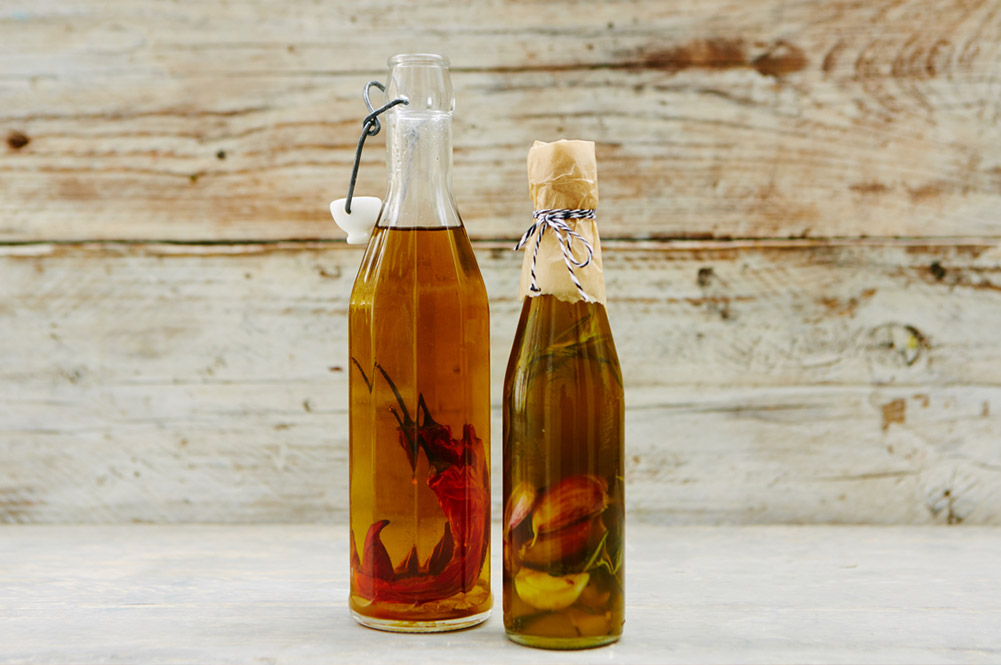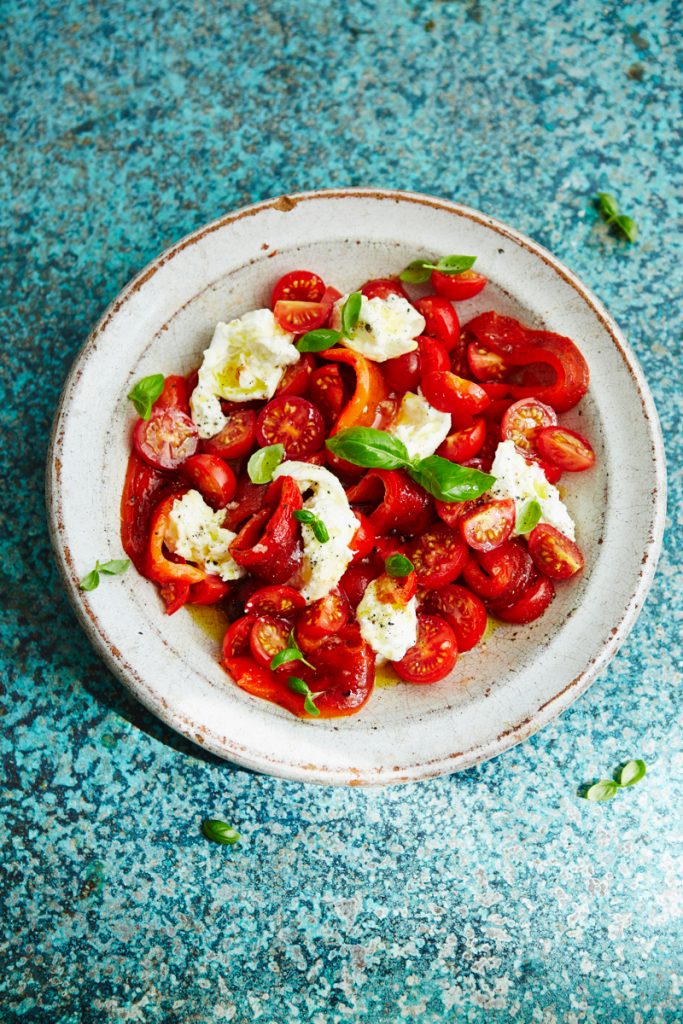image: http://www.jamieoliver.com/news-and-features/features/wp-content/uploads/sites/2/2015/08/feature-header12.jpg

There’s nothing quite like proper extra virgin olive oil. It’s a store-cupboard staple, beautiful drizzled over salad, or paired with a sweet, tangy balsamic for dipping bread.
It’s not just about flavour, though – olive oil is a nutritional star, too. Contrary to what many people think, you can still reach for an olive or rapeseed oil when wanting to use the healthiest ingredients possible.
Oils are healthier choices than solid fats (such as butter or lard) because they have a slightly different structure. Oils are predominantly comprised of good unsaturated fatty acids, whereas solid fats are mainly saturated, and therefore unhealthy.
Saturated fat has been linked to raised levels of “bad” cholesterol, which can lead to a higher risk of strokes and heart attacks. Unsaturated fats, on the other hand, help to raise levels of “good” cholesterol, which is beneficial to heart health.
The best kind of unsaturated fat is the monounsaturated type, which also actively helps to lower levels of “bad” cholesterol. This is the kind of unsaturated fat found in olive oil.
However, olive oil is still a fat, and contains the same number of calories as any other fat or oil. At 9 kcals per gram, fats are the most energy-dense group of foods, so it’s very important not to overdo it!
The different types of olive oil
The main types of olive oil you’re likely to spot on the supermarket shelves are extra virgin olive oil, “pure” olive oil and light olive oil. These each have slightly difference flavours and properties so which should you use when?
Extra virgin olive oil is usually the most expensive and highest quality oil. It’s extracted by cold-pressing olives, which means that there’s no heat present to compromise the flavour. The low temperature also retains more of the micronutrients naturally present in the oil. These oils are best used for cold dishes, such as drizzling over a Caprese salad, as this type of oil does not stand heating well.
Pure olive oil is the one you’re likely to come across in most shops. It’s less intense in flavour than extra virgin, but it’s for partly that reason that it’s great for general cooking and frying.
Light olive oil is the most refined, and has the mildest flavour. It’s perfect for baking, where you don’t want an ‘olivey’ flavour in the end product. It can also stand the highest temperatures, so is the best type for high temperature cooking, such as roasting.
Where the best oil comes from
One of Jamie’s favourite olive oils comes from the Petrolo estate in South-Eastern Chianti, Tuscany. Last year, some of our Jamie’s Italian staff and Fifteen apprentices got an amazing opportunity to head off to Italy to visit the estate and learn all about how this amazing oil is produced. The area is famous for producing some of the best olive oil in Italy, with Petrolo oil having an intense, yet balanced flavour, making it fantastic for drizzling over bruschetta, soups, stews, and barbequed meats grilled vegetables.
A quality olive oil such as this is a great kitchen investment. You can even get experimental and infuse it with other great flavours, such as woody herbs, dried chillies, whole spices, garlic cloves, or lemon rinds – these will add a whole new level of flavour to your food. The only things to make sure of are to always use sterilised bottles and to fully submerge the flavourings you choose in the oil.
Another great use for good olive oil is saving leftover fresh herbs from going to waste – simply finely chop them and add them to an ice cube tray with a little bit of oil in each mould. These can then be added to your cooking for a lovely hit of flavour straight from the freezer.
What are your favourite ways to use olive oil?
Read more at http://www.jamieoliver.com/news-and-features/features/all-about-olive-oil/#JlC5FEQHJtOTDyuR.99


No comments:
Post a Comment